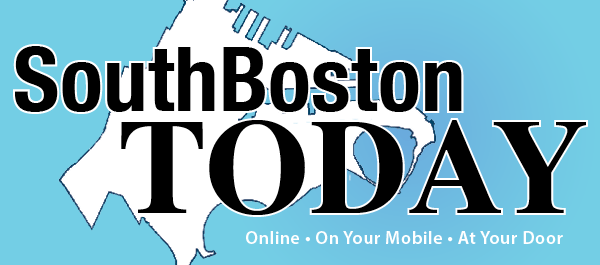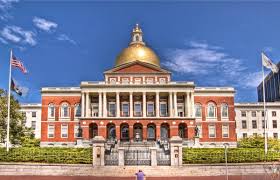The killing of George Floyd, the most recent in a long line of injustice against African Americans, has caused great pain in our community and, most acutely, among our friends and colleagues of color. I want to offer my support for the people who are marching for justice in our communities. The civil unrest that has followed some of these events is unfortunate, but should not obscure the important message that is being sent.
In general, during marches and gatherings involving large numbers of people, there are assessments conducted to determine a proper response by the MBTA – service levels, staffing needs, and public safety. It is this assessment that informs decision makers of the potential for a service disruption, station closures, or need for alternative service.
On Sunday night, in coordination with local officials and local law enforcement entities, the decision was made to close multiple stations when, in the opinion of the Transit Police Incident Commander, outside activity posed a danger to the safe operation of the station and transit activity. The TPD Incident Commander is the designated representative on scene to make decisions regarding public safety. As many likely saw on television, social media, or in person, it was a very unsettled scene and a fluid situation.
A disorderly situation in a station poses significant risks to riders, T employees, and critical T assets such as vehicles and signal systems. An accident, a deliberate act, or trespassing poses a significant risk of an incident — including contact with the third rail, potential to be struck by a moving vehicle, injury to another rider or employee, and a risk to our employees and customers in the form of secondary trauma due to the injuries caused and/or witnessed.
In the event of service disruptions, the MBTA’s Operations Control Center (OCC) communicates closures and alternative service options as promptly as possible. On Sunday evening, we witnessed a rapidly developing situation, but at no point did the MBTA ‘shut down’ as was mentioned in some social media; it was a limited closure of specific stations with trains continuing to operate.
I feel it is important to state, the MBTA suspends service or closes stations for safety concerns only. When there are services changes, delays, or disruptions, the T promptly issues T-Alerts and communicates with riders and traditional media outlets via our social media platforms. There are no policies or directives to keep people in one place. In fact, our planning includes measures to safely facilitate the movement of large crowds.
In discussions with the Chief of the Transit Police, we are in full alignment that our preference at the MBTA is always to provide service to our customers unless safety concerns necessitate closure.
I would note that there was a smaller protest on Saturday evening and TPD had contemplated closing Park Street and Boylston but did not as conditions did not deteriorate. Tuesday night’s rally necessitated closure of Downtown Crossing and Park Street for an hour, but the stations were reopened by 10:45 PM. The OCC was also able to quickly communicate alternative travel routes via social media.
I’m hopeful that my explanation helps to clarify how the MBTA and the Transit Police Department made decisions this week to balance safety with our responsibilities to our riders and employees. And I’m grateful to all of the MBTA employees – operators, station officials, transit police, and dispatchers – who work so hard to get our riders to and from these events safely.












